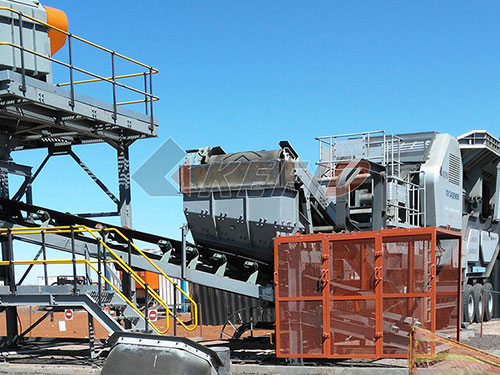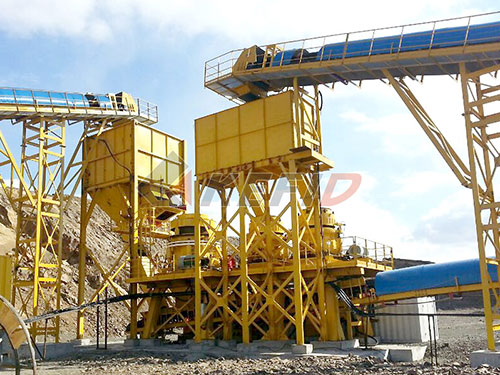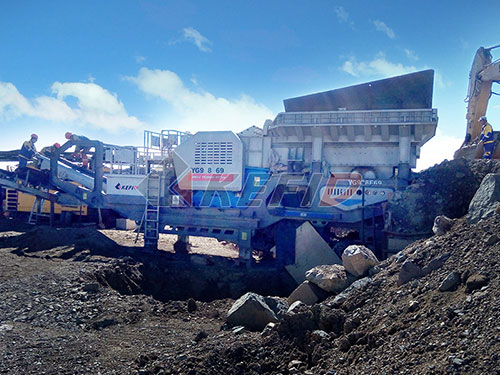
Navigating the Total Cost of European Jaw Crushers in Vietnam’s Booming Construction Market
Vietnam’s landscape is undergoing a transformative metamorphosis. Towering skyscrapers pierce the skylines of Hanoi and Ho Chi Minh City, expansive highway networks weave across the countryside, and ambitious industrial zones rise from former rice paddies. This relentless drive towards modernization and infrastructure development fuels an insatiable demand for high-quality construction aggregates – crushed stone, sand, and gravel – the fundamental building blocks of progress. At the heart of producing these essential materials lies a critical piece of equipment: the jaw crusher.
For Vietnamese quarry operators, mining companies, and large construction firms investing in primary crushing stages, European-manufactured jaw crushers frequently represent the pinnacle of engineering excellence. Brands like Sandvik (Sweden), Metso Outotec (Finland), Thyssenkrupp (Germany), and Terex Finlay (UK) are synonymous with robustness, technological sophistication, exceptional wear life, high productivity, and stringent quality control. However, procuring such premium machinery involves navigating a complex cost landscape far exceeding the simple invoice price displayed on a manufacturer’s website. Understanding the Total Price – encompassing acquisition costs, logistics intricacies, import duties and taxes, installation complexities, operational expenditures (OPEX), financing implications, and long-term value considerations – is paramount for Vietnamese businesses making informed capital investment decisions.
I. The Core Appeal: Why Consider European Jaw Crushers?
The premium associated with European crushers isn’t arbitrary; it stems from tangible advantages crucial for demanding Vietnamese applications:
1. Engineering Pedigree & Robustness: Decades of R&D focused on extreme operating conditions translate into designs built to withstand tough Vietnamese rock types (granite, basalt) and high-volume demands. Superior metallurgy in critical components like jaws (often manganese steel alloys), shafts, bearings, and frames ensures longevity under stress.
2. Advanced Technology & Efficiency: Features like optimized kinematics for higher throughput per tonne crushed energy-efficient hydraulic drives or hybrid systems precise closed-side setting adjustment mechanisms automated lubrication systems intelligent control systems contribute significantly to higher productivity and lower operating costs per tonne.

3. Superior Wear Life & Parts Availability: Engineered wear parts last significantly longer than generic alternatives directly reducing downtime for replacements lowering consumable costs per tonne crushed Major European OEMs have established parts distribution networks in Vietnam ensuring faster availability than sourcing obscure parts internationally.
4. Reliability & Reduced Downtime: Precision manufacturing stringent quality control predictive maintenance

Leave a Reply